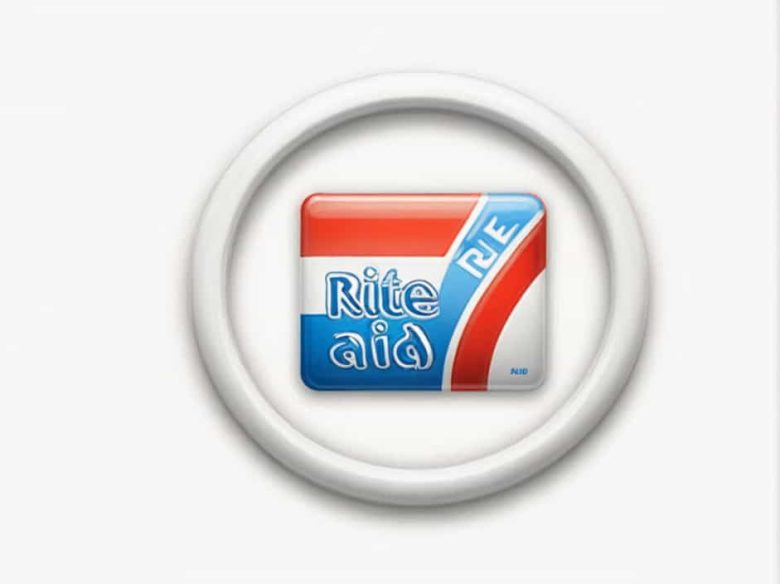Rite Aid once one of the largest pharmacy chains in the United States is facing financial turmoil. Reports of store closures declining sales and bankruptcy filings have raised concerns about the company’s future. Many customers and investors are wondering: Is Rite Aid going out of business?
This topic explores the factors leading to Rite Aid’s struggles its financial challenges and what the future holds for the iconic drugstore chain.
1. The Rise of Rite Aid
A Legacy in the Pharmacy Industry
Founded in 1962 in Pennsylvania Rite Aid expanded rapidly becoming one of the top pharmacy chains in the U.S. By the early 2000s it had thousands of locations across the country offering prescription medications health products and general retail items.
Strategic Acquisitions and Growth
Rite Aid grew through strategic acquisitions including:
- Eckerd and Brooks Pharmacy (2007) – A major expansion that strengthened its presence.
- Partnership with EnvisionRx (2015) – A move to compete in the pharmacy benefit management (PBM) sector.
Despite its growth the company struggled with financial instability and strong competition which eventually led to its decline.
2. What Went Wrong?
1. Increasing Debt Burden
One of the biggest challenges Rite Aid faced was mounting debt. Over the years the company borrowed heavily to fund expansions acquisitions and operations. However weak financial performance made it difficult to repay loans leading to a severe debt crisis.
2. Failed Merger Deals
Rite Aid attempted to merge with Walgreens in 2015 but the deal was blocked due to antitrust concerns. Instead Walgreens acquired nearly 2000 Rite Aid stores in 2018 leaving the company with fewer locations and a weaker market position.
3. Fierce Competition
Rite Aid struggled to compete with larger rivals like:
- CVS and Walgreens – These chains dominated the pharmacy sector with more locations and stronger financial backing.
- Amazon Pharmacy – The rise of online prescription services made it harder for Rite Aid to retain customers.
- Big-Box Retailers (Walmart Costco Target) – These companies expanded their pharmacy services drawing customers away from Rite Aid.
4. Declining Customer Base
With increased competition Rite Aid failed to attract and retain customers. Many consumers switched to online or larger pharmacy chains for better pricing convenience and rewards programs.
5. Opioid Lawsuits and Legal Issues
Rite Aid also faced legal troubles due to opioid-related lawsuits. The company was accused of improperly dispensing prescription opioids leading to massive legal settlements and financial strain.
3. Bankruptcy Filing and Store Closures
Chapter 11 Bankruptcy Protection
In 2023 Rite Aid filed for Chapter 11 bankruptcy allowing it to restructure its debt and close underperforming stores. This was a critical step to prevent a complete collapse of the company.
Massive Store Closures
As part of its restructuring Rite Aid announced plans to close hundreds of stores nationwide. The closures aimed to:
- Reduce operational costs
- Focus on profitable locations
- Strengthen financial stability
4. Impact on Customers and Employees
1. Customers Facing Limited Options
Many Rite Aid customers rely on its stores for prescriptions over-the-counter medication and health services. With store closures customers in affected areas must transfer prescriptions to other pharmacies causing inconvenience.
2. Job Losses for Employees
Rite Aid’s financial struggles have also led to layoffs and job losses. Thousands of employees including pharmacists store associates and corporate staff are impacted by the downsizing.
5. What’s Next for Rite Aid?
1. Potential Buyers and Investors
Despite its troubles Rite Aid still holds value in its remaining stores pharmacy operations and brand recognition. Some potential outcomes include:
- Acquisition by a larger pharmacy chain
- Investment from private equity firms
- Further restructuring to stabilize operations
2. Shifting to a Smaller More Sustainable Business Model
To survive Rite Aid may need to scale down operations and focus on:
- E-commerce and online pharmacy services
- Improving customer experience in remaining stores
- Rebuilding trust after legal and financial troubles
Rite Aid’s financial struggles have led to store closures declining sales and bankruptcy filings. While the company is not entirely out of business yet its future remains uncertain. Factors like competition debt and legal issues have contributed to its downfall forcing it to make drastic changes.
For customers employees and investors the coming months will determine whether Rite Aid can recover or face complete shutdown.



